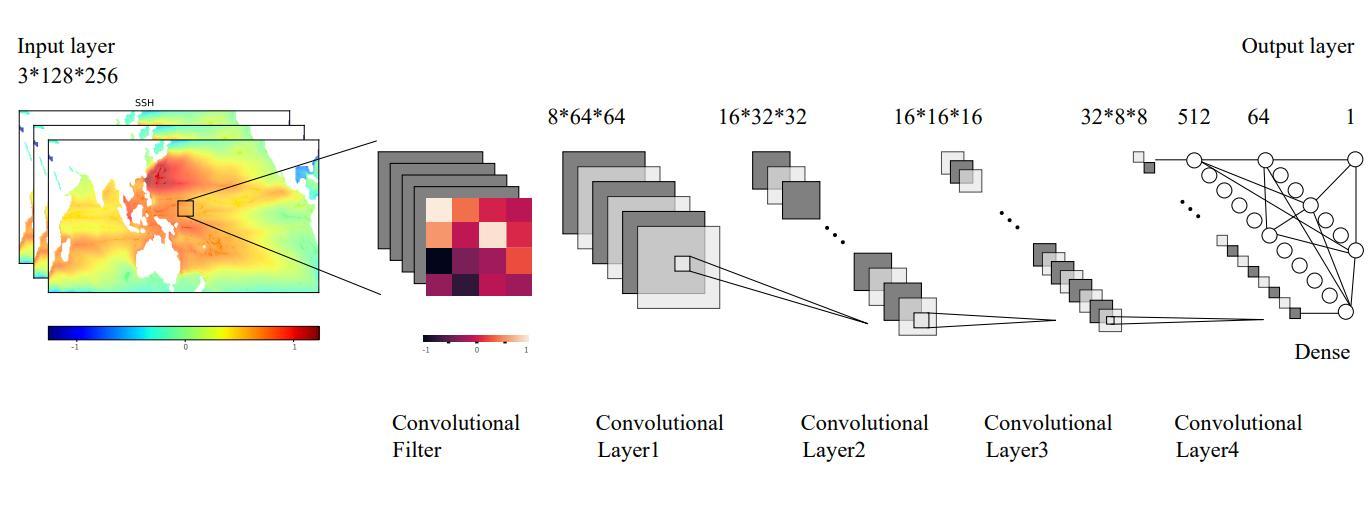IOCAS prof HU Shijian uses deep learning to predict ITF; provides an important tool for researching climate change

Scientists from the Institute of Oceanology of the Chinese Academy of Sciences (IOCAS) and Nanjing University of Information Science and Technology have successfully constructed an inference and prediction system of the Indonesian Throughflow (ITF) using the deep-learning method and realized the valid prediction of the ITF transport. The study was published in Frontiers in Marine Science on Jan. 16.
The Indonesian seas are the only ocean channel connecting the tropical ocean basins. The ITF is a crucial ocean dynamic factor for the inter-basin exchange between the Indian Ocean basin and the Pacific Ocean basin. The ITF has a strong material and energy transport and hence plays a significant role in the material and energy balance of the Indo-Pacific Ocean and regional and global climate change. However, the prediction of ITF mainly relies on numerical simulation systems, which often have significant model biases and great uncertainty.
Given this, the researchers led by Prof. HU Shijian put forward the idea of combining satellite observations with artificial intelligence methods to construct the inference and prediction system of ITF and conducted experiments with various deep-learning models.
The Indo-Pacific pressure gradient is the main driving factor of ITF, so researchers used sea surface heights between the Indian and Pacific Ocean basins to infer and predict the transport of ITF. They trained the convolutional neural network (CNN) using the massive data provided by the Coupled Model Intercomparison Project Phase 6 model and Simple Ocean Data Assimilation data sets and reconstructed a time series of ITF transport.
The training results showed that the system based on the CNN model reproduces about 90% of the total variance of ITF transport, indicating that the system can achieve valid inference of ITF transport.
The researchers further combined the system with the satellite data from 1993 to 2021 to infer and construct the time series of ITF and found that the time series was in good agreement with the internationally renowned field observation data of ITF. They explored the possibility of predicting ITF with this AI system, and the results show that the system can make a valid prediction with a leading time of seven months.
"The ITF AI inference and prediction system provides an important tool for researching ocean circulation and climate change in the Indo-Pacific Ocean, which may alleviate the pressure of field ocean observation to some extent," said Prof. HU.
This work was supported by the Natural Science Foundation of Shandong Province and the Strategic Pilot Science and Technology Special Project of CAS.

 How to resolve AdBlock issue?
How to resolve AdBlock issue?